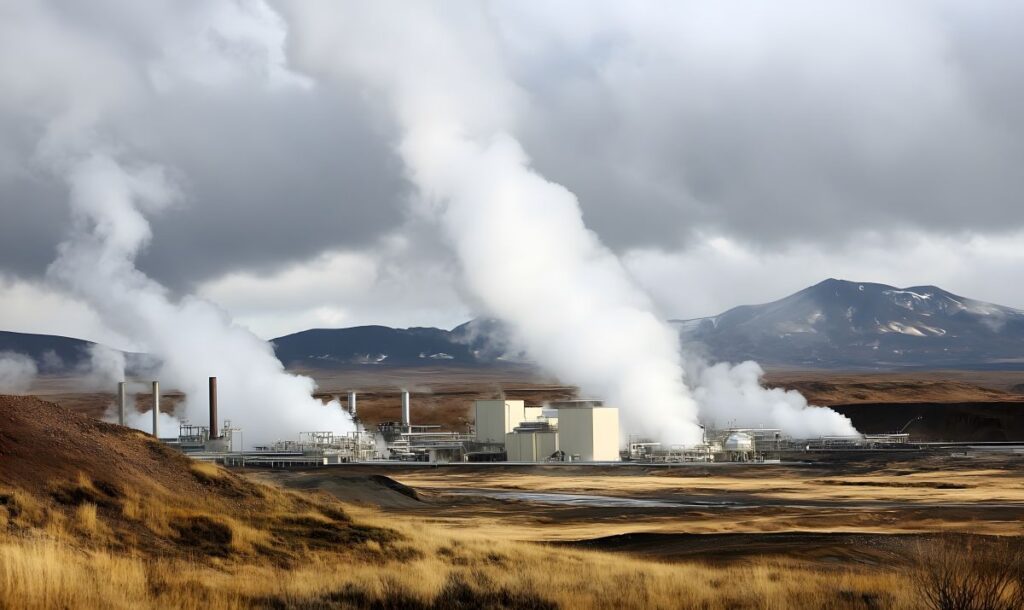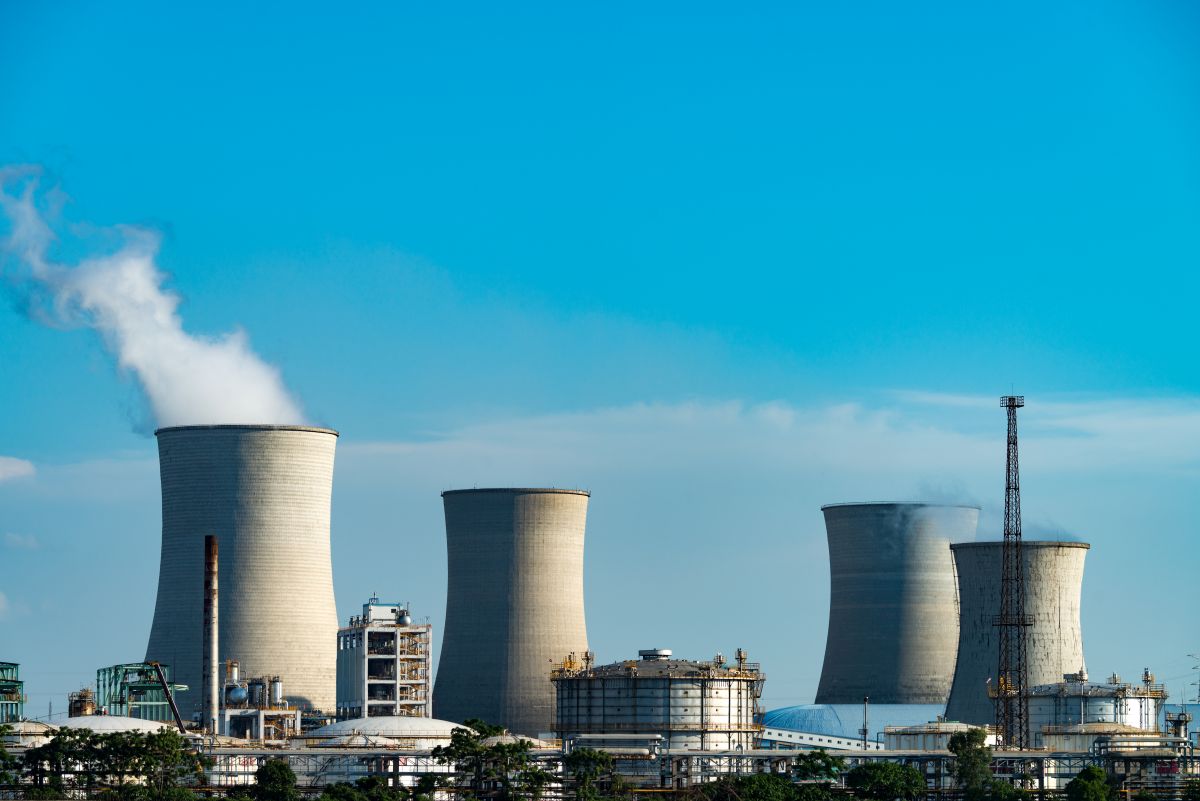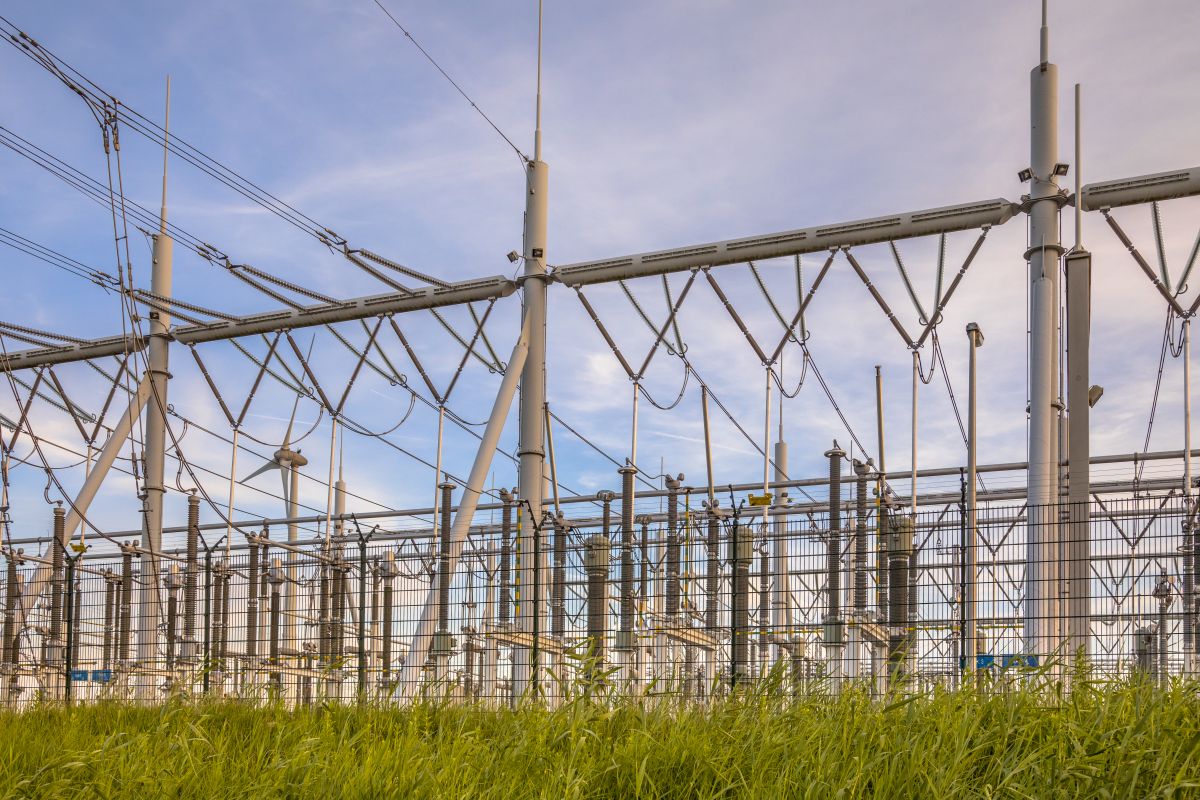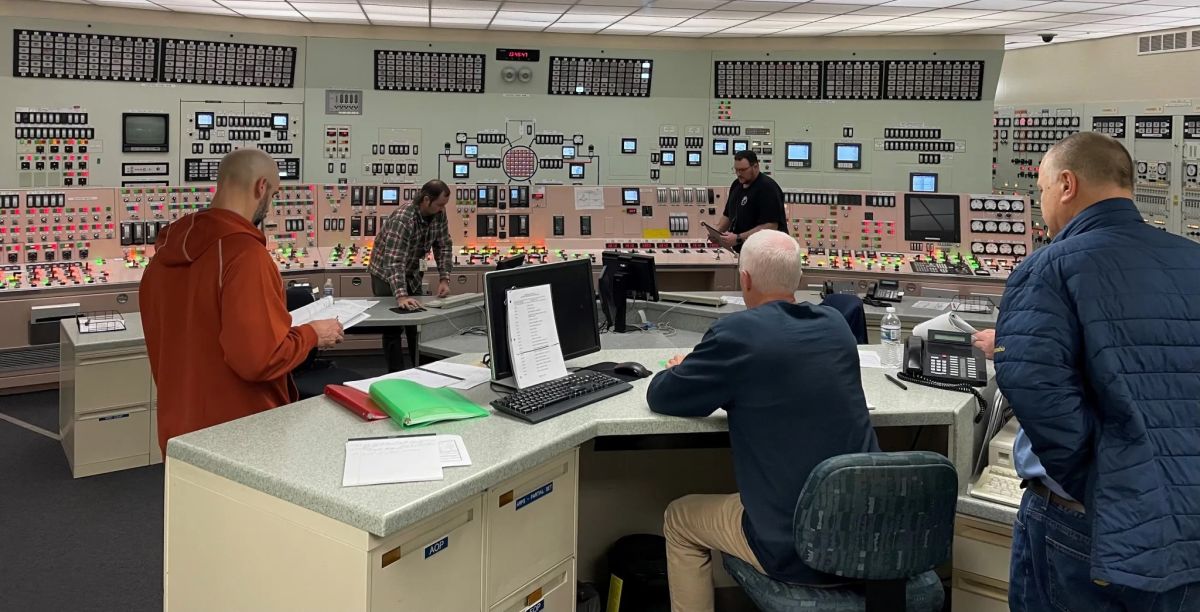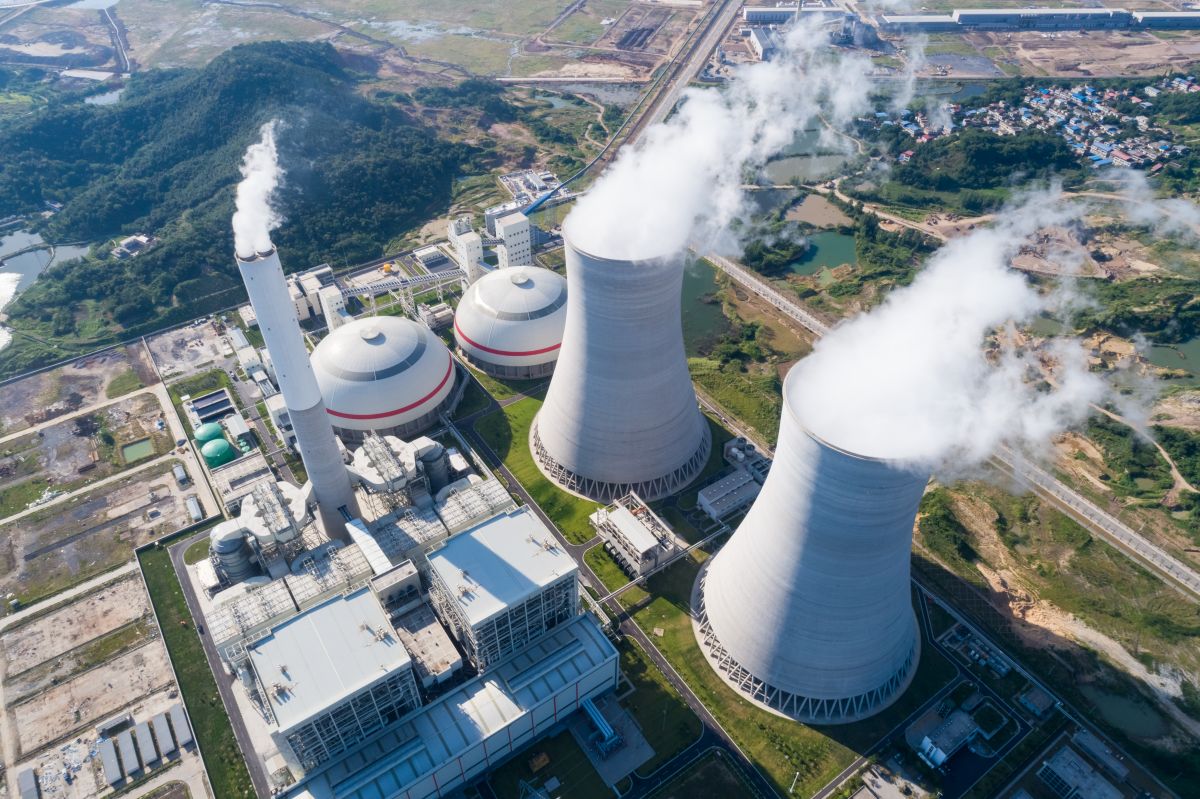Geothermal energy has long been hailed as a clean and sustainable power source, providing a consistent energy supply with minimal environmental footprint. However, as with any resource, the full potential of geothermal energy presents challenges and considerations. This blog provides an overview of geothermal energy’s technical and geopolitical aspects, examining its potential and any associated geopolitical considerations.
Related Blog: A Virtual Power Plant (VPP): The Future of Decentralized Energy Resources Management
The Fundamentals of Geothermal Energy
Geothermal energy uses the heat from the Earth’s interior to generate electricity or provide direct heating. The core principle involves tapping into geothermal reservoirs, typically located in regions with significant tectonic activity, where the Earth’s heat is more accessible. The primary technologies used include dry steam, flash steam, and binary cycle power plants, each with varying efficiency levels depending on the temperature of the geothermal resource. One of the significant advantages of geothermal energy is its ability to provide baseload power and continuous electricity generation, making it a stable energy source compared to intermittent renewables like solar and wind.
Global Distribution and Resource Potential
The US leads with about 3.7 GW of geothermal capacity out of an estimated global potential of 200 GW. Geothermal energy is geographically constrained, predominantly available in regions along tectonic plate boundaries such as the Pacific Ring of Fire, East African Rift, and Iceland. Countries like the United States, Philippines, and Indonesia are leading producers, leveraging their geothermal resources to diversify their energy mix.
The global potential of geothermal energy is immense, with estimates suggesting that only a small fraction of the total resource base has been tapped. However, the uneven distribution of these resources creates a disparity in access, limiting its widespread adoption. Developing geothermal energy in less geologically favorable regions often involves higher costs and greater technical challenges, impacting the overall feasibility of projects.
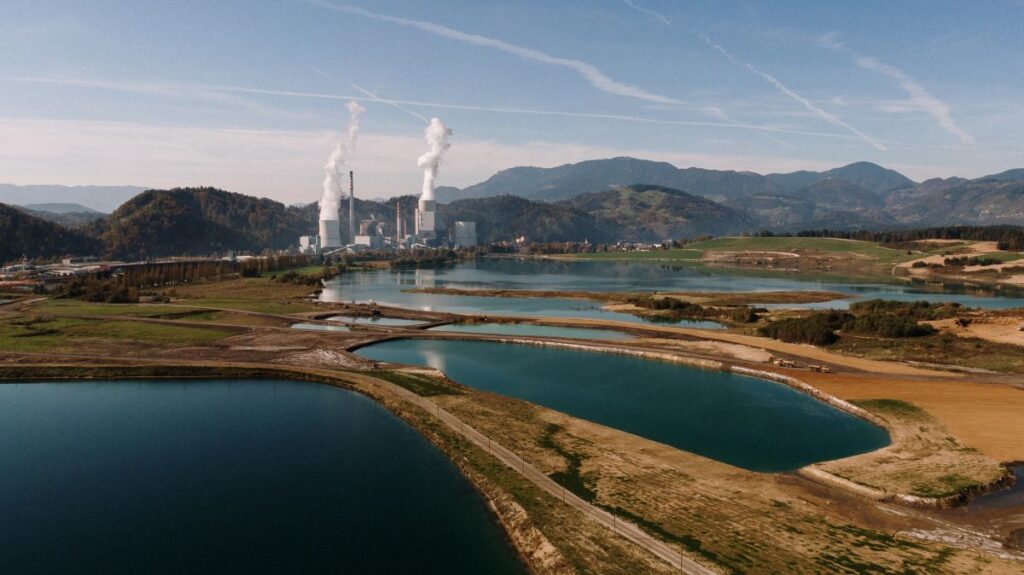
Geopolitical Implications of Geothermal Development
Kenya generates over 45% of its electricity from geothermal sources, which influences regional energy dynamics. While geothermal energy presents numerous environmental and economic benefits, it also carries geopolitical risks. Countries rich in geothermal resources may find themselves on top of the global stage, potentially leading to resource-driven conflicts or strategic dependencies. For example, nations with abundant geothermal energy may influence neighboring countries with limited access, particularly in energy-poor regions. Additionally, developing geothermal resources in politically unstable areas could cause tensions, mainly if the resources are located near national borders or in disputed territories.
Environmental and Technical Challenges
Geothermal power plants emit 97% less sulfur compounds that cause acid rain and approximately 99% less carbon dioxide than fossil fuel power plants of similar size. Despite its promise, geothermal energy also has environmental and technical challenges. While cleaner than fossil fuel-based power plants, geothermal plants can still have localized ecological impacts, such as land subsidence, induced seismicity, and the release of greenhouse gases like carbon dioxide and hydrogen sulfide. The exploration and development of geothermal resources requires significant technical expertise and advanced technology, particularly in drilling and reservoir management. Over time, the risks associated with resource depletion or declining reservoir performance further complicate long-term planning and investment.
Conclusion: Balancing Potential and Risk
Conclusively, geothermal energy represents a significant opportunity to diversify the global energy mix and reduce reliance on fossil fuels. However, realizing its full potential is contingent upon addressing the technical, environmental, and geopolitical challenges accompanying its development. For geothermal energy to transition from an untapped potential to a base of global energy strategy, a balanced approach that considers the technical feasibility, environmental sustainability, and geopolitical landscape is required. As nations navigate these complexities, the future of geothermal energy will depend on innovative solutions, strategic cooperation, and the responsible management of this valuable resource.
Disclaimer: Any opinions expressed in this blog do not necessarily reflect the opinions of Certrec. This content is meant for informational purposes only.


